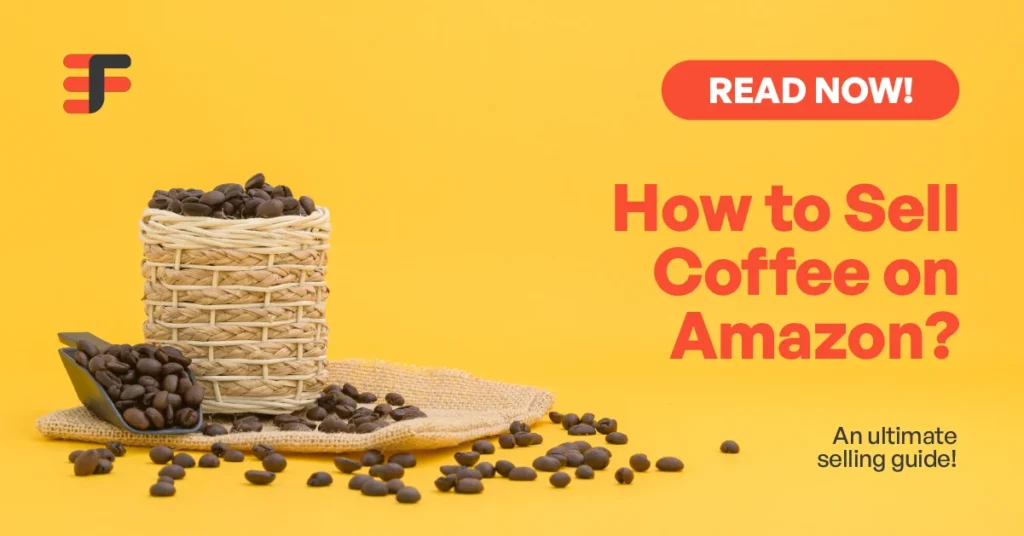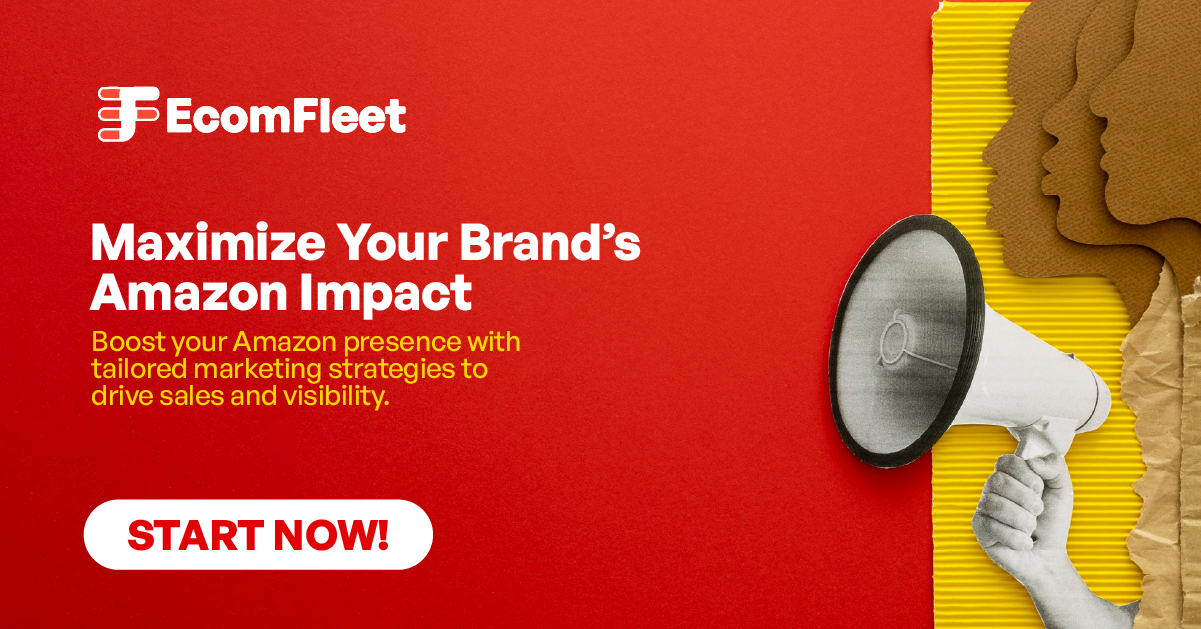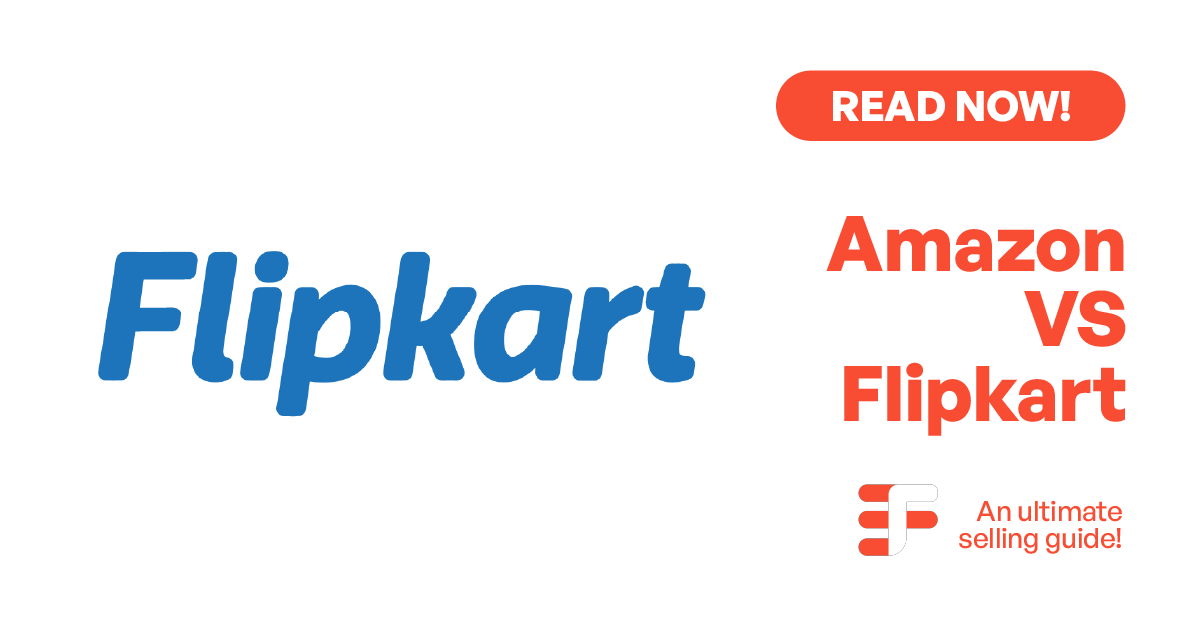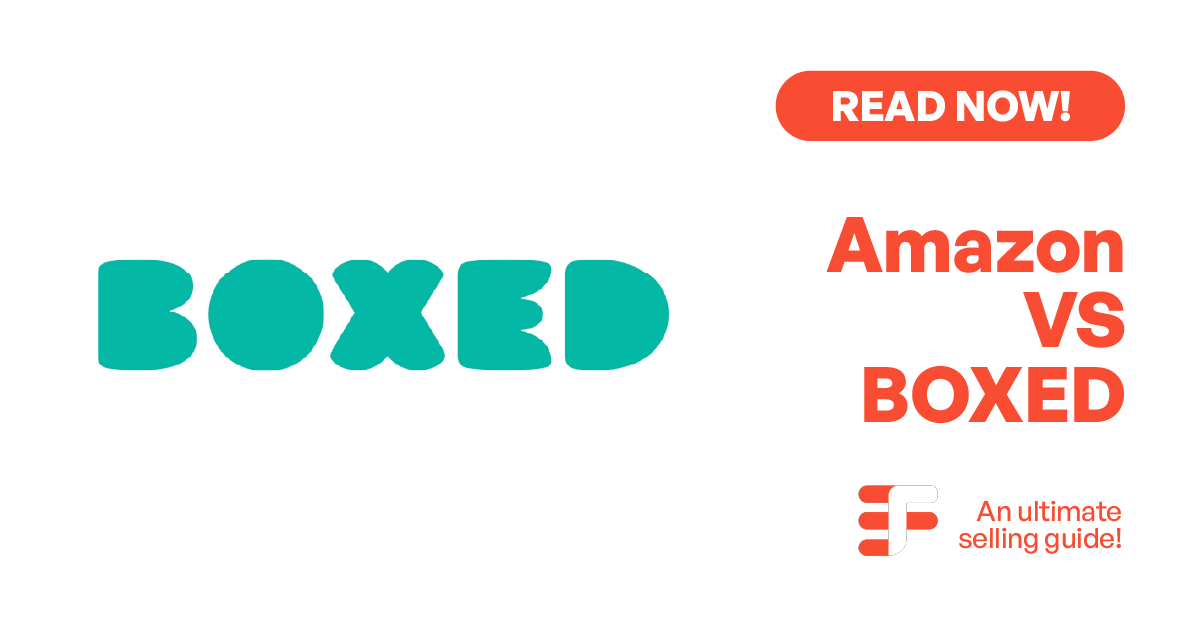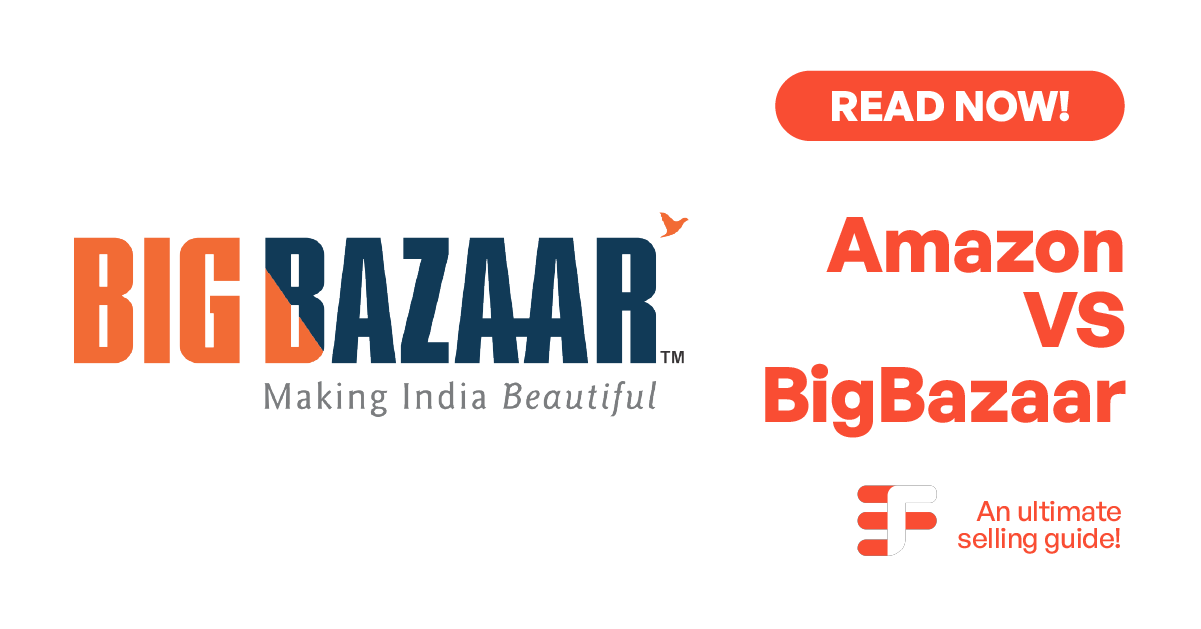Coffee is a daily ritual for millions around the world, making the coffee industry a lucrative and fast-growing market. From artisanal roasters to specialty blends and organic options, consumers are searching for unique and high-quality coffee experiences. According to Statista, the global coffee market is estimated to be worth $461 billion in 2024.
This is a massive indicator of how much demand there is for coffee globally, if we talk about coffee sales in the U.S. alone reaching around $28.6 billion in 2024 & expected to reach by USD 33.64 billion by 2029, growing at a CAGR of 3.69% during the forecast period (2024-2029). This indicates significant demand of selling coffee online, particularly through platforms like Amazon, puts you in front of a growing customer base that’s actively searching for premium coffee options from sellers who can offer convenience and variety.
As the demand continues to rise, many sellers are turning to online platforms to meet the needs of this coffee-loving audience. Among those platforms, Amazon stands out as a dominant marketplace where coffee businesses can thrive. Where you are having the chance to showcase your coffee to 310 million potential customers worldwide! Amazon is a giant in online shopping, holding nearly 39% of the U.S. e-commerce market. Whether you’re an experienced coffee roaster or a new seller entering the space, mastering Amazon’s ecosystem is crucial to reaching your ideal customers and scaling your business effectively.
In this guide, we’ll cover everything you need to know—from setting up your seller account to creating the perfect product listings, managing inventory, and driving sales. We’ll also explore the benefits of selling coffee on Amazon, such as types of brands, choose fba is right for you or not & tips to selling it on amazon.
Table of Contents
ToggleSelecting the Right Coffee Products to Sell

When selling coffee on Amazon, you can explore a variety of coffee types, each with its unique appeal, costs, and profit margins. Here’s a breakdown of different coffee types you can sell, along with important considerations for each:
Whole Bean Coffee
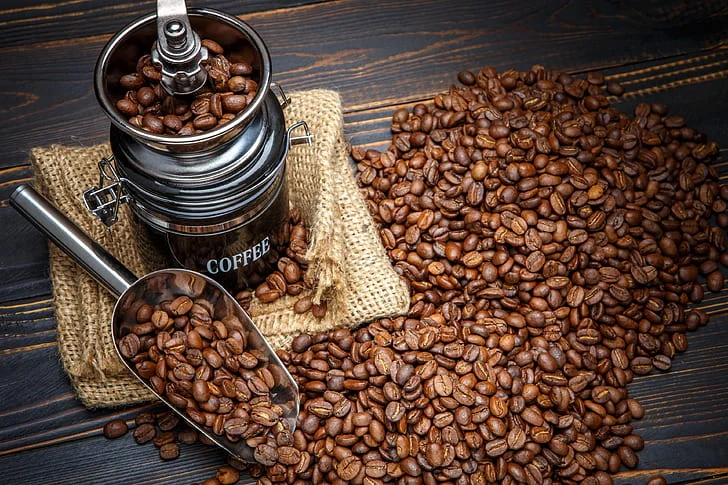
Definition: Whole bean coffee consists of roasted coffee beans that have not been ground. Customers grind the beans themselves for maximum freshness and flavor.
Key Aspects:
Cost: Typically ranges from $15 to $30 per pound.
Profit Margin: Generally, around 20-40%.
Example: Lavazza Super Crema Whole Bean Coffee (2.2 lbs) priced at approximately $18.49.
Ground Coffee
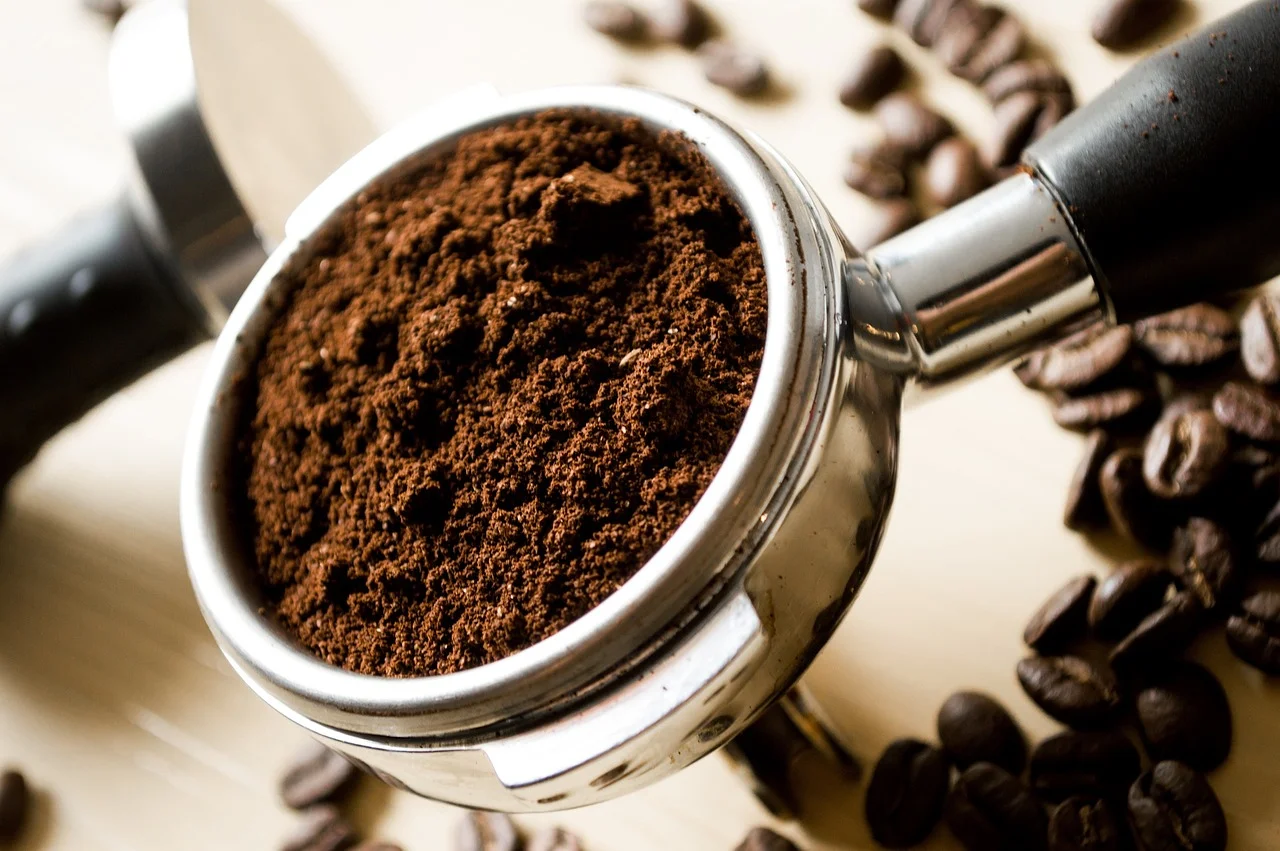
Definition: Ground coffee is made from roasted coffee beans that have been ground into a fine powder suitable for brewing.
Key Aspects:
Cost: Usually priced between $10 to $20 per pound.
Profit Margin: Margins can vary from 15-30%.
Example: Starbucks Ground Coffee (28 oz) selling for about $13.29.
Instant Coffee
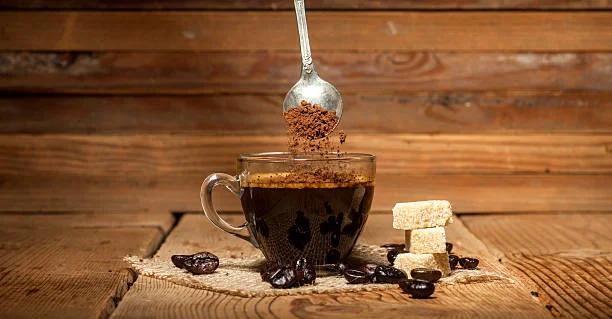
Definition: Instant coffee is brewed coffee that has been processed and dried into granules or powder, allowing it to dissolve in hot water quickly.
Key Aspects:
Cost: Usually ranges from $10 to $30 per jar or pack, depending on brand and quality.
Profit Margin: Margins can be around 20-35%.
Example: Nescafé Taster’s Choice Original Instant Coffee (14 oz) selling for about $41.36 for a pack of three jars.
Specialty Coffee
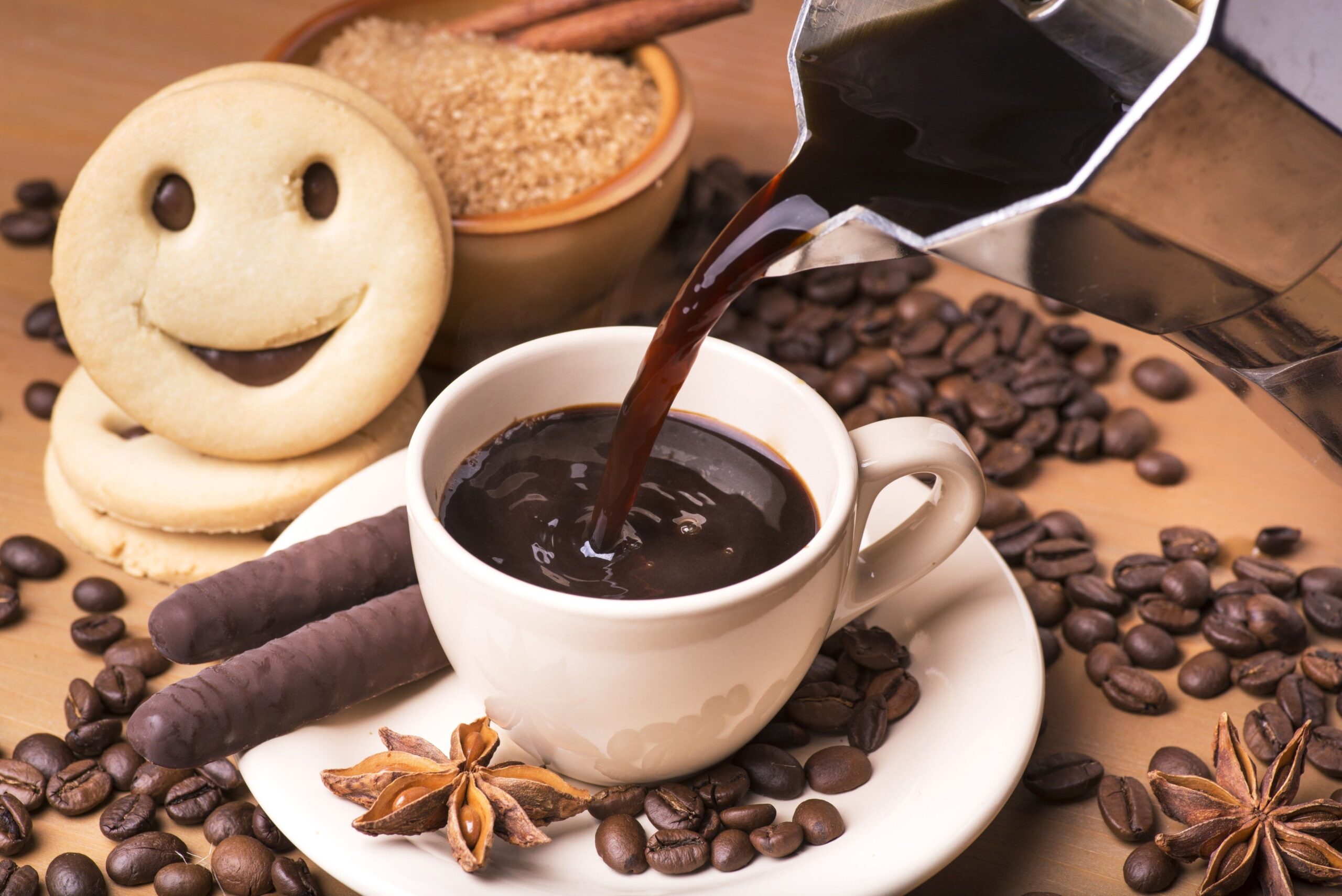
Definition: Specialty coffee refers to high-quality coffee that is often sourced from specific regions and graded by organizations like the Specialty Coffee Association (SCA).
Key Aspects:
Cost: Prices can range from $20 to $50 per pound, depending on rarity and sourcing practices.
Profit Margin: Higher potential margins, often around 30-60%, due to premium branding.
Example: Death Wish Coffee Co. Whole Bean Coffee (1 lb) priced at approximately $19.99, known for its high caffeine content.
Decaf Coffee

Definition: Decaf coffee is made from beans that have had most of their caffeine removed, allowing those sensitive to caffeine to enjoy the flavor without the stimulating effects.
Key Aspects:
Cost: Generally, like regular coffee, ranging from $10 to $25 per pound, depending on the brand.
Profit Margin: Comparable margins as regular coffee, often around 15-30%.
Example: Peet’s Coffee Decaf Major Dickason’s Blend (1 lb) selling for about $19.95.
Cold Brew Coffee
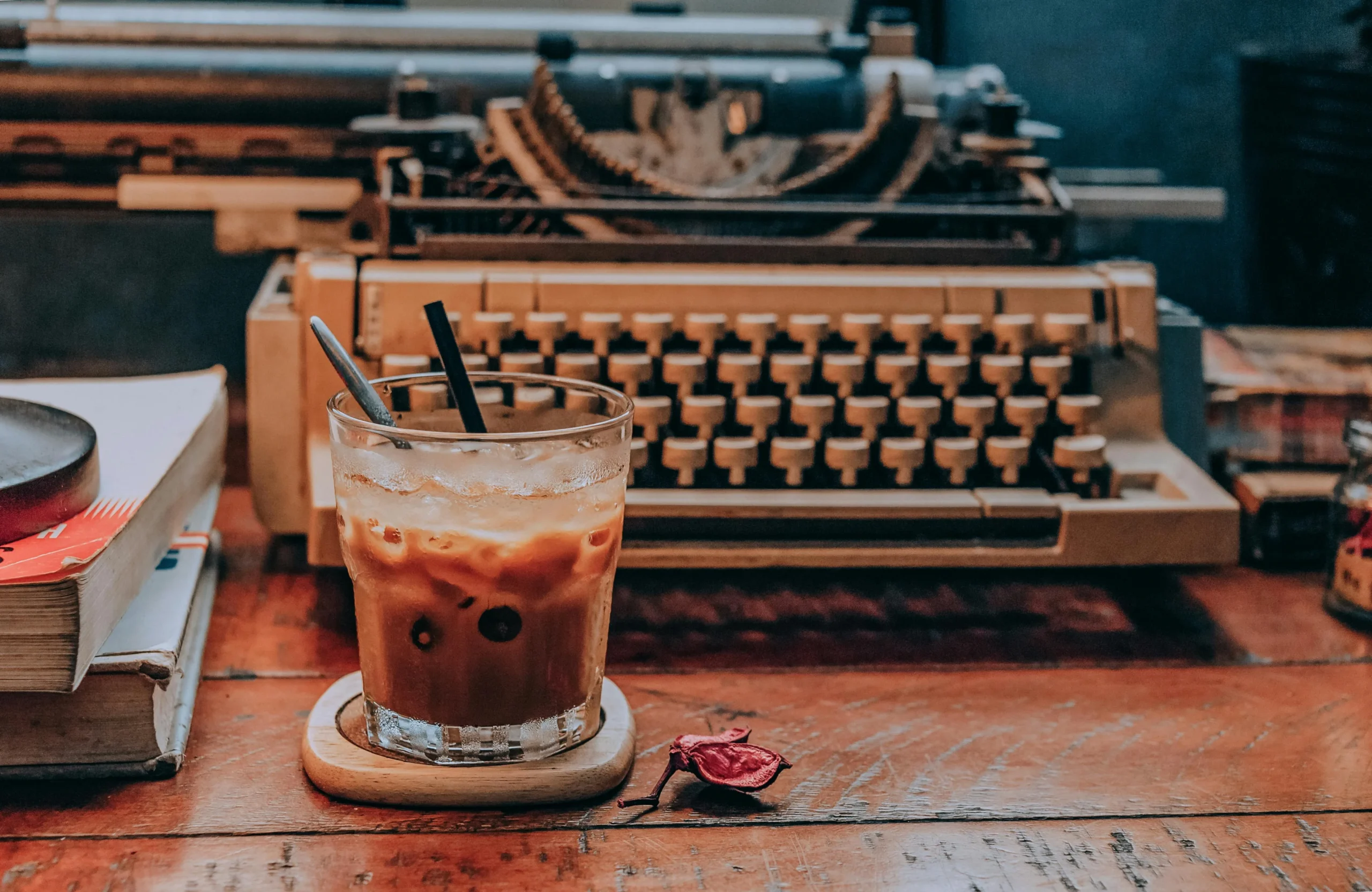
Definition: Cold brew coffee is made by steeping coarsely ground coffee in cold water for an extended period (usually 12 hours), resulting in a smooth, less acidic beverage.
Key Aspects:
Cost: Prices typically range from $15 to $30 per bottle or pack, depending on packaging and brand.
Profit Margin: Margins can be around 20-40%, influenced by branding and quality.
Example: Stumptown Cold Brew Coffee (12 oz) priced at approximately $3.99 per bottle, known for its rich flavor.
Approve & Setting Up Your Seller Account on Amazon:
To successfully set up and get approved for your coffee business on Amazon, there are several key steps and considerations to keep in mind. Here’s a comprehensive guide:
Understand the Approval Process
Gated Category: Coffee falls under the “Grocery & Gourmet Foods” category, which is gated. This means you need approval from Amazon before selling.
Consumer Safety: Ensure your products meet Amazon’s safety and quality standards. This includes proper packaging, labeling, and compliance with food safety regulations.
Register as a Seller
Choose a Seller Plan: You can select between an Individual plan (charges $0.99 per sale) or a Professional plan ($39.99 per month). The Professional plan is generally recommended for those planning to sell more than 40 items per month.
Gather Required Information: You will need:
- Bank account information
- Federal tax information
- Government-issued ID
- Phone number
- A chargeable credit card
Navigating If Amazon’s FBA Is Right for Your Coffee Brand
Navigating whether Amazon’s Fulfillment by Amazon (FBA) service is the right fit for your coffee brand involves assessing several key factors. Here are some important aspects to consider, backed by insights from various sources:
Cost Analysis
FBA charges fees for storage and fulfillment, which can affect your overall profit margins. Understanding these costs is crucial. On average, FBA fees can range from $2.50 to $5.00 per unit for fulfillment and about $0.75 per cubic foot for storage. Calculate your costs versus the expected increase in sales to determine if the investment will be worthwhile.
Logistics and Shipping
Using FBA means that Amazon handles storage, shipping, and customer service. This can be a significant advantage if you’re scaling your business. For coffee brands, ensuring timely delivery is crucial due to the perishable nature of the product. Amazon’s logistics network can ensure that your products reach customers quickly, enhancing customer satisfaction.
Visibility and Trust
Products fulfilled by Amazon often receive a visibility boost in search results and can be labeled as “Amazon’s Choice” or “Prime-eligible,” which can drive higher sales. Customers tend to trust Amazon’s service, so being part of the FBA program may enhance your brand’s credibility.
Inventory Management
FBA requires careful inventory management. Since coffee is a consumable product, having enough stock to meet demand without incurring excess storage fees is vital. Seasonal fluctuations can impact sales, so being able to forecast demand accurately will help you manage your inventory more effectively.
Customer Service and Returns
One of the benefits of FBA is that Amazon handles customer inquiries and returns. For new sellers, this can save significant time and resources. However, ensure that your product meets Amazon’s standards to avoid high return rates, which can negatively impact your seller rating.
Brand Building
While FBA provides logistical support, it can also limit your direct relationship with customers. Consider how this aligns with your brand strategy. If building a community and direct communication with your audience is essential, you might want to balance FBA with other selling methods, such as your own website.
Crafting a Compelling Coffee Brand:
Crafting a compelling brand after listing your product on Amazon involves several key steps. Here’s a guide to help you create a strong brand identity that resonates with customers and differentiates you from competitors:
Define Your Brand Identity
- Mission and Values: Clearly articulate what your brand stands for. What values do you prioritize? Is it quality, sustainability, community, or something else? This helps create an emotional connection with your audience.
- Target Audience: Identify who your ideal customers are. Understand their preferences, interests, and pain points, which will guide your branding strategy.
- Unique Selling Proposition (USP): Determine what makes your coffee different. It could be the sourcing of your beans, the roasting process, or unique flavor profiles. Make sure this is communicated clearly.
Create a Memorable Brand Name and Logo
- Your brand name should be catchy, easy to remember, and reflect your brand identity. A professional logo design can significantly enhance your brand’s visibility. Consider hiring a graphic designer or using tools like Canva or 99designs for logo creation.
Develop Engaging Packaging
- Packaging is crucial in the coffee industry. Use eco-friendly materials and ensure your packaging tells your brand story. Eye-catching designs can attract attention on Amazon and make your product stand out.
Do Amazon Marketing or Hire an Amazon Consultant

When considering whether to engage in Amazon marketing or hire an Amazon consultant, it’s essential to understand the benefits and roles that each option plays in branding your coffee business. Amazon marketing can be a cost-effective approach, allowing you to maintain control over your strategies while gaining hands-on experience with the platform’s tools and algorithms.
This DIY method fosters a deep understanding of your audience and market dynamics, enabling you to craft compelling product listings and promotional campaigns that resonate with customers. However, the process can be time-consuming and may require a steep learning curve.
On the other hand, hiring an Amazon consultant offers specialized expertise that can significantly enhance your brand’s visibility and sales performance. Consultants are well-versed in optimizing product listings, managing advertising campaigns, and navigating the complexities of Amazon’s marketplace.
They can provide tailored strategies based on current trends and best practices, ensuring that your brand stands out among competitors. By leveraging their knowledge, you can focus on other critical aspects of your business while benefiting from their insights into effective branding techniques.
Ultimately, whether you choose to handle marketing yourself or enlist the help of a consultant, both paths play a crucial role in establishing a strong brand presence on Amazon, enhancing customer loyalty, and driving long-term growth.
Hire Ecomfleet to Skyrocket your Amazon sales
If you are unsure where to start or need expert help, consider reaching out to Ecomfleet. Our experienced consultants can help your coffee brand thrive in a competitive market. Let us handle the details so you can enjoy the rewards of your hard work.
Leverage Social Media and Content Marketing
Build a presence on platforms like Instagram, Facebook, and Pinterest. Share engaging content related to coffee culture, brewing tips, and customer stories. This not only promotes your brand but also helps build a community around your product. Blogging about coffee-related topics can enhance your brand’s authority. Share recipes, brewing guides, and coffee facts that resonate with your target audience.
Build Relationships with Customers
Excellent customer service is key to building loyalty. Respond promptly to inquiries and resolve any issues. Consider creating a loyalty program or offering discounts to repeat customers.
Gather Feedback and Adapt
Regularly collect feedback from your customers. Use this information to improve your products and branding strategies. Stay agile and be willing to adapt to market trends and customer preferences.
Some Top Coffee Sellers or Benchmark Sellers on Amazon
When exploring the top coffee sellers on Amazon, several brands consistently stand out due to their popularity and sales performance. Here are some of the leading coffee products currently dominating the marketplace:
Lavazza Super Crema Whole Bean Coffee
- Description: A light-medium espresso roast known for its premium quality, aromatic profile, and creamy texture.
- Rating: 4.6 out of 5 stars
- Price: Approximately $20.98 for a 2.2-pound bag.
- Sales: Over 47,000 reviews indicate strong customer satisfaction and demand.
San Francisco Bay Whole Bean Coffee – Decaf Gourmet Blend
- Description: Medium roast, Swiss water processed decaf coffee.
- Rating: 4.4 out of 5 stars
- Price: Around $21.99 for a 2-pound bag.
- Sales: Approximately 22,800 reviews highlight its popularity among decaf drinkers.
Amazon Fresh Dark Roast Whole Bean Coffee
- Description: A budget-friendly dark roast option.
- Rating: 4.2 out of 5 stars
- Price: About $13.49 for a 32-ounce bag.
- Sales: Over 11,700 reviews show it’s a favorite among Amazon shoppers.
Peet’s Coffee Major Dickason’s Blend
- Description: A rich and complex dark roast blend.
- Rating: 4.6 out of 5 stars
- Price: Approximately $10.86 for an 18-ounce bag.
- Sales: With over 8,000 reviews, it remains a staple for many coffee lovers.
Starbucks Ground Coffee, Caffè Verona
- Description: A dark roast with a rich and caramelized flavor.
- Rating: 4.7 out of 5 stars
- Price: Around $13.29 for a 28-ounce bag.
- Sales: More than 27,000 reviews emphasize its strong market presence.
Frequently Asked Question:
To start selling coffee on Amazon, create a seller account, register your brand, and list your products with detailed descriptions and images. Ensure you comply with Amazon’s guidelines for food products.
Using Amazon FBA provides convenience by handling storage, packing, and shipping. It also allows your products to be eligible for Amazon Prime, increasing visibility and potentially boosting sales.
You can encourage reviews by providing excellent customer service, sending follow-up emails after purchases, and using Amazon’s “Request a Review” feature. Offering a great product experience is key.
Effective marketing strategies include optimizing product listings with relevant keywords, running Amazon ads, leveraging social media, and engaging with influencers in the coffee niche to increase brand visibility.
Conclusion
Building and scaling your coffee brand on Amazon requires strategic product selection, effective marketing, and ongoing customer engagement. By leveraging tools like FBA, social media, and analyzing performance, you can thrive in a competitive market and connect with coffee lovers worldwide. Start your journey today!

